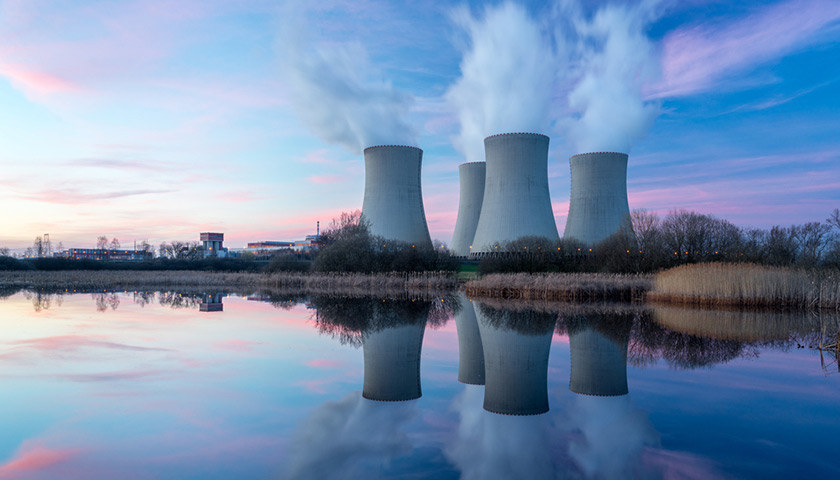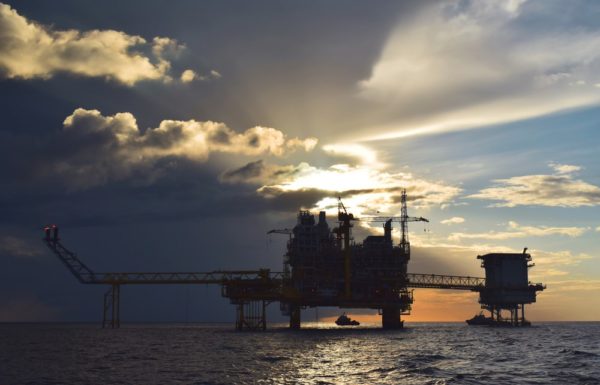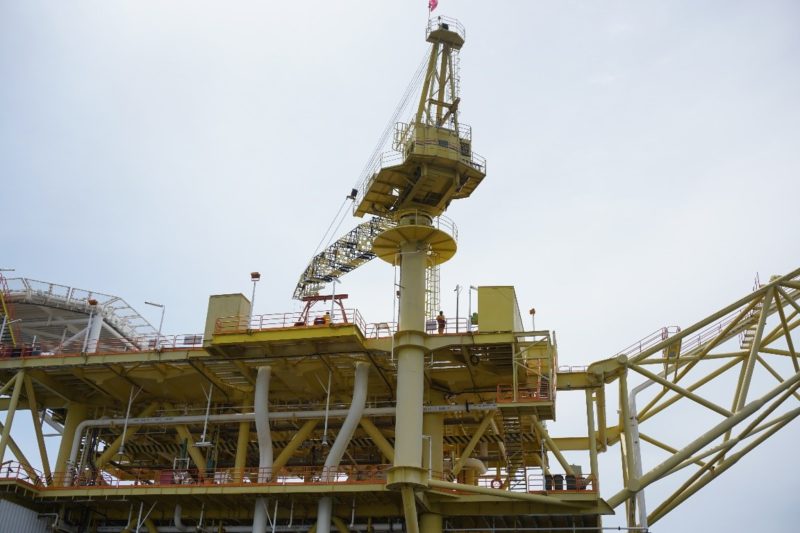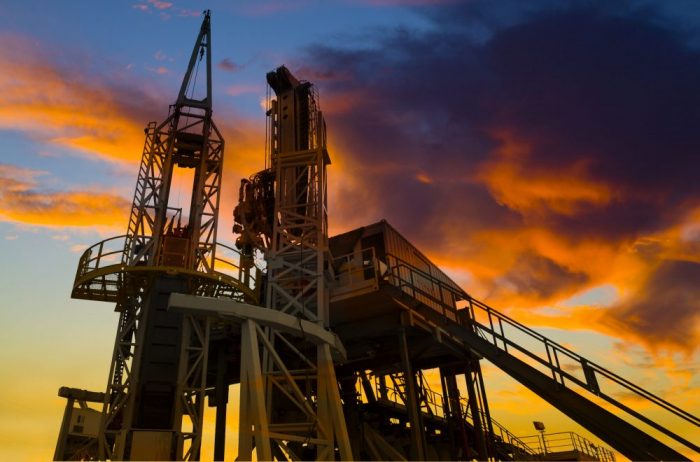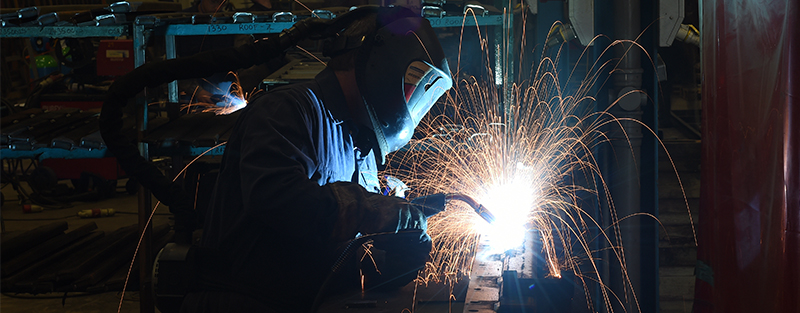
Two new Trailblazer Apprenticeship Standards have been published and approved for delivery of apprentice pipe and plate welders, respectively.
The new apprenticeship standards and assessment plans were developed with key involvement from a number of high-profile businesses, including BAE Systems, Doosan, Hutchinson Engineering, Severfield, TEI, GE, Rolls Royce, Pall UK, Hudson Swan, Graham Engineering, and QA Weld Tech.
The new standards are approved for delivery at level 3 and mean that apprentices should be able to register for these courses from September, 2019.
The whole process was overseen by the Institute for Apprenticeships and Technical Education, who will assess the effectiveness of the apprenticeship standard and make any necessary revisions in due course.
QA Weld Tech are proud of participating in the creation of these standards and the role played in developing the next generation of competent welders
